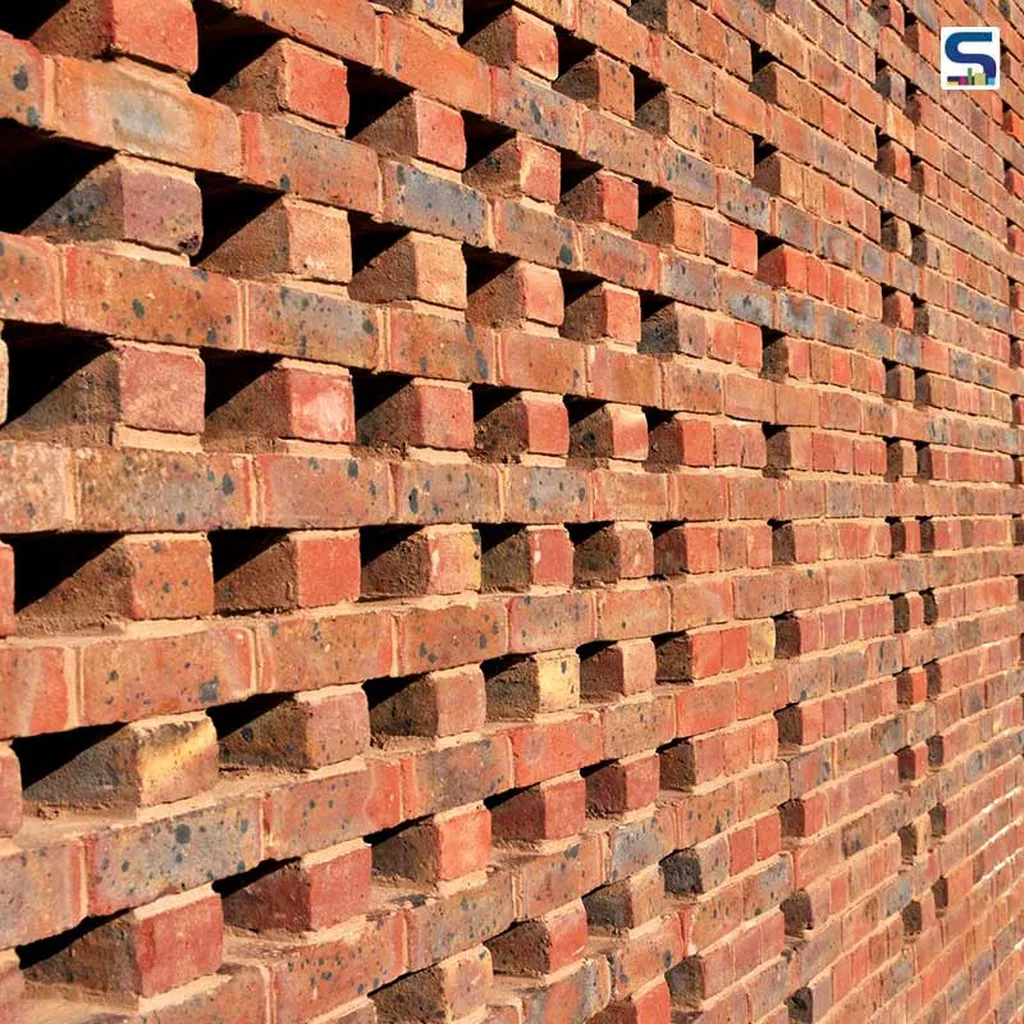In the heart of Brazil, researchers are turning construction waste into a valuable resource, offering a promising solution for sustainable building materials. Elvia Soraya Santos Nascimento, a scientist from the Federal University of Sergipe, has been leading a study that could revolutionize the way we think about soil-cement bricks and gypsum waste. Her work, published in the journal ‘Ceramics’ (translated as ‘Ceramics’), is a beacon of hope for the circular economy and sustainable construction.
The study explores the use of gypsum waste from civil construction as a partial substitute for cement in soil-cement formulations. “We aimed to produce eco-friendly bricks that align with circular economy principles,” Nascimento explains. The team prepared formulations using a 1:8 cement-soil ratio, with gypsum replacing cement in proportions ranging from 5% to 40%.
The results are promising. After 28 days of curing, the formulation containing 10% gypsum achieved the highest compressive strength, surpassing the reference sample. “This indicates that replacing up to 20% of cement with gypsum waste is a technically and environmentally viable approach,” Nascimento states.
The implications for the construction industry are significant. By utilizing gypsum waste, builders can reduce their environmental impact while maintaining the quality and durability of their materials. This is particularly relevant for the energy sector, where sustainable construction practices are increasingly in demand.
The study also highlights the potential for cost savings. “Our findings suggest that using gypsum waste can be a cost-effective alternative to traditional cement,” Nascimento notes. This could lead to more affordable housing solutions and reduced construction costs for energy-related infrastructure.
The research is a step towards a more sustainable future, where waste is minimized, and resources are used efficiently. As Nascimento puts it, “This is not just about improving building materials; it’s about fostering a culture of sustainability and innovation in the construction industry.”
The study’s findings could shape future developments in the field, encouraging more researchers and industry professionals to explore the potential of waste materials in construction. It’s a call to action for the industry to embrace circular economy principles and work towards a more sustainable future.
In the words of Nascimento, “The future of construction lies in our ability to innovate and adapt, to turn waste into resources, and to build a sustainable world for generations to come.” Her research is a testament to this vision, offering a glimpse into the possibilities that lie ahead.

